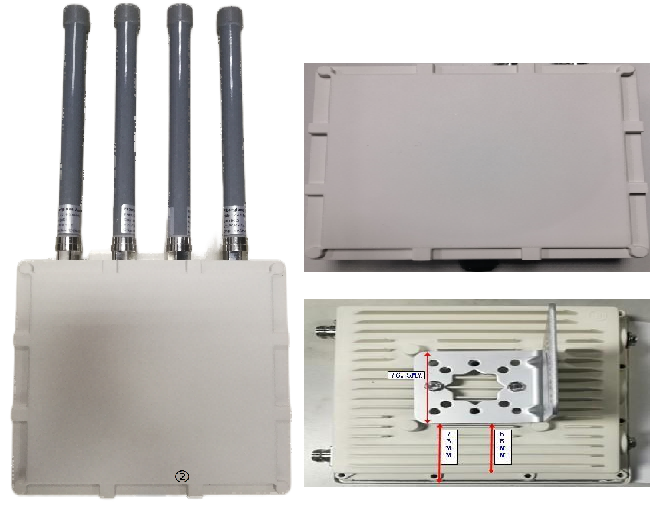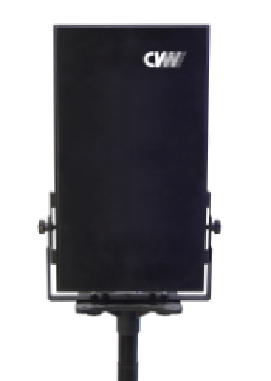Introduction
The construction industry heavily relies on various types of machinery to streamline operations, increase productivity, and ensure worker safety. These machines are designed to perform a wide range of tasks, from excavation and material handling to concrete pouring and road construction. In this article, we will explore some of the most common construction machinery used on job sites worldwide, highlighting their functionalities, benefits, and impact on the industry.
1. Excavators
Excavators are versatile machines used for digging, trenching, and material handling. Equipped with a bucket, boom, and cab mounted on a rotating platform, these machines can efficiently excavate soil, rocks, and debris. Excavators come in various sizes, from compact models suitable for small-scale projects to large machines used in major construction sites. Their adaptability and ability to work in tight spaces make them indispensable in the construction industry.
2. Bulldozers
Bulldozers are powerful machines equipped with a large metal blade at the front, used for pushing and leveling soil, debris, and other materials. These machines are commonly used in earthmoving projects, such as clearing land, grading, and creating roads. Bulldozers are known for their strength and durability, making them ideal for heavy-duty tasks. They can also be equipped with additional attachments, such as rippers, to break up hard surfaces.
3. Cranes
Cranes are essential for lifting and moving heavy materials and equipment on construction sites. These towering machines are equipped with a boom, counterweights, and cables, allowing them to lift and transport loads vertically and horizontally. Cranes come in various types, including tower cranes, mobile cranes, and crawler cranes, each suited for different applications. Their precision and lifting capacity make them crucial for high-rise construction, bridge building, and other projects requiring heavy lifting.
4. Concrete Mixers
Concrete mixers are used to combine cement, water, and aggregates to create concrete, a fundamental material in construction. These machines come in different sizes and configurations, including portable mixers for small projects and truck-mounted mixers for larger-scale operations. Concrete mixers ensure consistent and uniform mixing, reducing manual labor and improving the quality of the final product. They are commonly used in building foundations, roads, and other concrete structures.
5. Forklifts
Forklifts are compact machines designed for material handling and transportation within construction sites. Equipped with forks at the front, these machines can lift and move heavy loads, such as pallets, construction materials, and equipment. Forklifts are available in various sizes and capacities, allowing them to operate in different environments. Their maneuverability and versatility make them indispensable for loading and unloading trucks, organizing materials, and optimizing storage space.
6. Dump Trucks
Dump trucks are heavy-duty vehicles used for transporting loose materials, such as soil, gravel, and construction debris. These trucks are equipped with an open-box bed that can be tilted to unload the contents. Dump trucks come in different sizes, including standard, articulated, and off-road models, each suited for specific terrain and load requirements. Their ability to transport large volumes of materials efficiently makes them essential for earthmoving projects and site cleanup.
Conclusion
Construction machinery plays a vital role in the construction industry, enabling efficient and safe completion of projects. Excavators, bulldozers, cranes, concrete mixers, forklifts, and dump trucks are just a few examples of the common machinery used on construction sites worldwide. By understanding their functionalities and benefits, construction professionals can make informed decisions about equipment selection, leading to increased productivity, reduced labor costs, and improved safety standards. As technology continues to advance, the construction industry can expect further innovations in machinery, further enhancing efficiency and safety in the years to come.

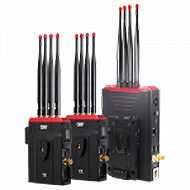 Multi-camera wireless video transmission
Multi-camera wireless video transmission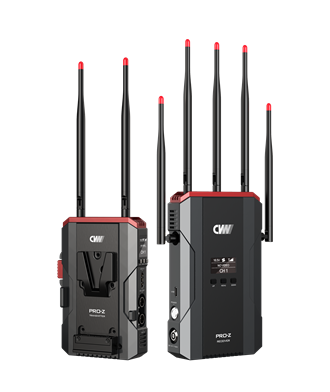 Zero Latency Wireless Video Transmission
Zero Latency Wireless Video Transmission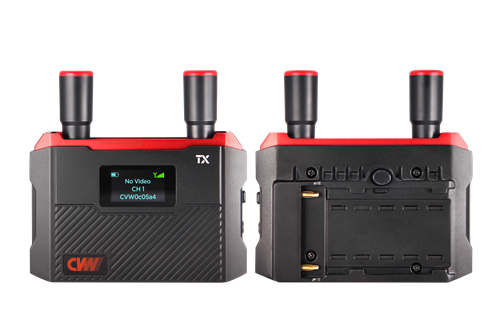
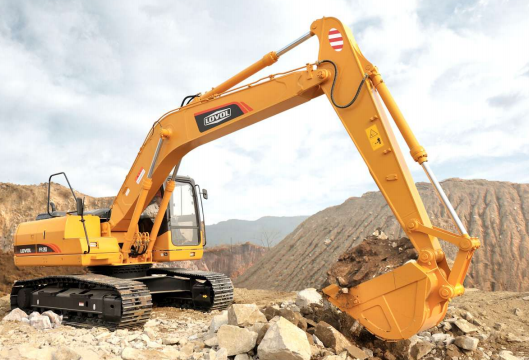 Designed for teleoperating the heavy equipment
Designed for teleoperating the heavy equipment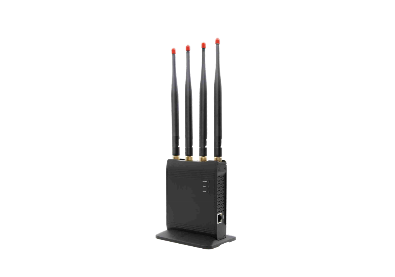 Wireless high-speed data transmission
Wireless high-speed data transmission